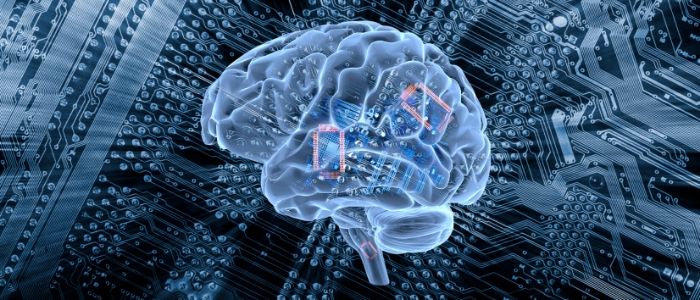Brain–computer interface decodes handwriting movements from neural activity into text

For people with conditions such as paralysis, the ability to communicate can be a challenge – or may even seem impossible. BrainGate researchers have recently reported an innovative method to help patients express their thoughts through their handwriting. Their novel brain–computer interface monitors brainwaves associated with the thought of writing individual letters – and transforms this into text on a computer in real time. Their study was recently published in the journal Nature. "An important mission of our BrainGate consortium research is to restore rapid, intuitive communication for people with severe speech or motor impairments," commented study author, Leigh Hochberg...